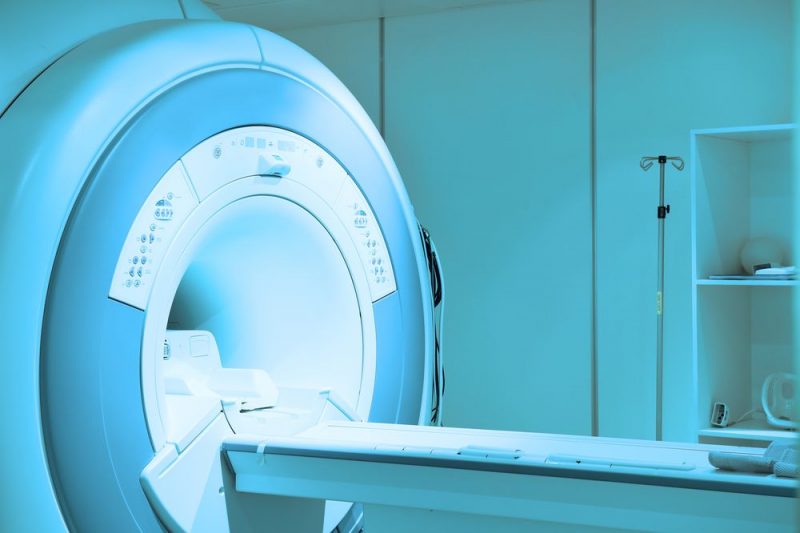New MRI Technique Provides Whole-body Analyses in FSHD Trial

nimon/Shutterstock
AMRA Medical’s new MRI method was found to play an instrumental role in detecting changes in disease progression among individuals with facioscapulohumeral muscular dystrophy (FSHD) in a recently completed clinical trial, according to the company.
The new MRI technique, introduced in the Phase 2b ReDUX4 study, provides whole-body analyses of muscle health.
The ReDUX4 trial (NCT04003974) did not meet its main goal of detecting changes in DUX4-driven gene activity in affected muscles following treatment with losmapimod, an experimental oral therapy.
However, the MRI results showed beneficial changes in fat infiltration into skeletal muscle, which is associated with slower disease progression.
“We are thrilled about the ReDUX4 results,” Eric Converse, CEO of AMRA Medical, said in a press release.
“Not only do they propel a potential treatment forward for patients with FSHD, but the reduction in muscle fat infiltration and correlating benefit with several other measures reflects the power of our MRI-based muscle assessment methods in neuromuscular disease clinical trials,” Converse said.
The new imaging method is designed to measure treatment efficacy, as well as disease severity and progression in muscle-related disorders.
According to AMRA, this technique can potentially detect changes in muscle health before a patient begins to experience functional difficulties.
It also can help investigators better analyze disease heterogeneity — the ways in which a disorder varies between individuals. Understanding these variations has been a long-term challenge in neuromuscular disease research.
The ReDUX4 trial compared losmapimod’s safety and efficacy with a placebo among 80 adults with FSHD, a muscle-wasting disease that first affects the face, shoulders, and upper arms. The participants received 15 mg of losmapimod or a placebo twice daily for 48 weeks (close to a year).
Losmapimod is designed to limit muscle degeneration and fat infiltration into muscles. It is intended to reduce the amount of active DUX4 — the mutated gene that accounts for over 90% of FSHD cases — by blocking the activity of the p38 alpha and p38 beta proteins.
The investigators were unable to conclusively show differences in DUX4-driven gene activity in the trial. Fulcrum Therapeutics, losmapimod’s developer, suggested that this was due to several factors, including a thousandfold variation in DUX4 expression (activity) among biopsy samples and imprecise needle biopsies — a method for taking tissue samples — at several trial sites.
Participants did, however, improve their reachable workspace, a measure of upper limb function, and show reduced disease progression due to less fat infiltration. Using the self-reported Patient Global Impression of Change assessment, the participants also noted improvements in how they generally felt and functioned.
Regardless of this trial’s outcome, Converse said he expects his company’s new technology to contribute to further advances in treating neuromuscular disorders.
“We are excited to bring these benefits to other teams to help them push their research forward and address the needs of these devastating diseases,” he said.







